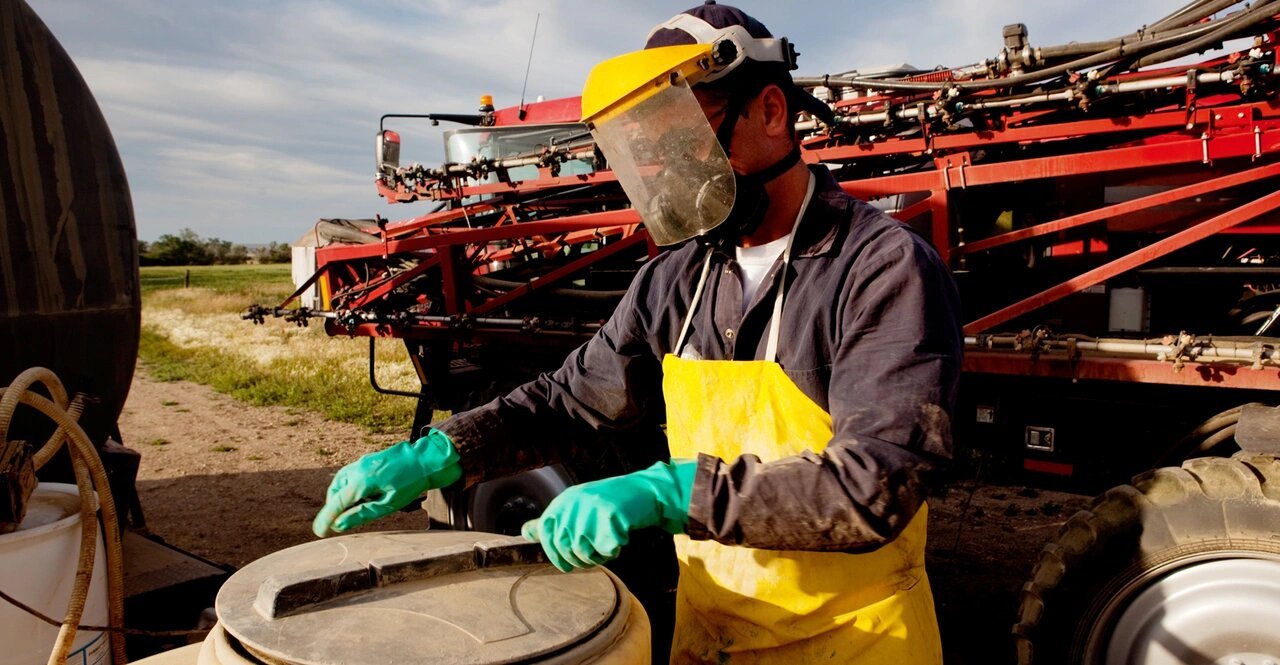Farm equipment is a significant investment, and ensuring its longevity is essential for maintaining efficiency and reducing costly repairs. Proper maintenance, storage, and security measures can extend the life of your machinery, keeping it in peak condition for years to come. Here are some must-know tips to protect your farm gear and maximize its performance.
1. Perform Regular Maintenance
Routine maintenance is the backbone of equipment longevity. Farm machinery is exposed to dirt, dust, moisture, and heavy workloads, all of which can contribute to wear and tear. To keep your equipment in top shape, follow these key maintenance steps:
- Check fluids regularly – Engine oil, hydraulic fluid, and coolant levels should be inspected and changed according to manufacturer recommendations. Dirty or low fluids can lead to overheating and engine failure.
- Inspect and clean filters – Air and fuel filters should be cleaned or replaced periodically to ensure optimal engine performance and prevent clogging.
- Lubricate moving parts – Greasing bearings, joints, and other moving parts reduces friction and prevents premature wear.
- Monitor tire pressure – Properly inflated tires reduce strain on machinery and improve fuel efficiency.
- Tighten bolts and connections – Vibrations from regular use can loosen bolts and fasteners, leading to potential breakdowns.
Establishing a maintenance schedule based on the manufacturer’s guidelines will help you catch potential issues before they become major problems.
2. Store Equipment Properly
Proper storage is crucial in preventing weather-related damage, rust, and deterioration. Consider these storage strategies to keep your farm gear in top condition:
- Use a covered shelter – Storing equipment in a barn, shed, or garage shields it from rain, snow, and harsh sunlight.
- Invest in tarps and covers – If indoor storage is not an option, heavy-duty covers can help protect against moisture and UV exposure.
- Keep machinery off the ground – Parking equipment on gravel or concrete prevents moisture buildup and rust on metal components.
- Drain fluids for long-term storage – If equipment won’t be used for an extended period, draining fuel and oil can prevent clogs and corrosion.
By storing equipment properly, you can significantly reduce the risk of environmental damage and extend its lifespan.
3. Protect Against Rust and Corrosion
Rust is a common enemy of farm equipment, especially in humid or wet conditions. Preventing rust and corrosion requires consistent care and attention:
- Clean equipment after use – Removing dirt, mud, and crop residue prevents moisture buildup that leads to rust.
- Apply rust-resistant coatings – Using anti-rust sprays or paint on exposed metal surfaces adds an extra layer of protection.
- Fix scratches and chipped paint – Even small scratches can become rust-prone areas, so touch up damaged paint as needed.
- Store in a well-ventilated space – Good airflow prevents condensation and minimizes the risk of rust forming.
Regularly inspecting your machinery for signs of rust and addressing them early will prevent costly repairs down the road.
4. Protect Equipment from Theft and Vandalism
Farm equipment theft is an increasing concern for many farmers. Thieves often target valuable machinery left unattended in fields or open storage areas. To enhance security, consider the following measures:
- Install locks and GPS tracking devices – Locking doors and using GPS technology can deter theft and help recover stolen equipment.
- Use well-lit and fenced storage areas – Installing proper lighting and secure fencing, or utilizing a portable metal carport in Lake Charles, LA, can help deter thieves and protect your equipment from unauthorized access.
- Engrave or mark your equipment – Adding unique identification marks can discourage theft and aid in recovery efforts.
- Secure keys and controls – Never leave keys in machinery, and consider using ignition locks to prevent unauthorized use.
By taking these precautions, you can significantly reduce the risk of theft and keep your equipment safe.
5. Train Operators on Proper Use
Even the best-maintained equipment won’t last if it’s not used correctly. Proper training ensures that operators understand how to use machinery efficiently and safely. Here’s how to improve equipment handling:
- Educate workers on equipment functions – Ensure all operators know how to start, operate, and shut down equipment properly.
- Enforce safe driving practices – Excessive speed and rough handling can cause unnecessary stress on machinery.
- Avoid overloading equipment – Using machinery beyond its weight or power capacity can lead to premature damage.
- Encourage reporting of issues – Train workers to identify and report any signs of malfunction or wear.
Providing thorough training and refresher courses can prevent operator-related damage and extend the life of your farm gear.
6. Use High-Quality Parts and Accessories
When repairs or replacements are needed, using high-quality parts is essential for maintaining the integrity of your equipment. While cheaper alternatives may be tempting, they can lead to frequent breakdowns and costly long-term damage.
- Choose OEM (Original Equipment Manufacturer) parts – These parts are designed specifically for your machinery and ensure the best fit and performance.
- Invest in durable tires and hydraulic components – High-quality replacements reduce downtime and improve efficiency.
- Replace worn-out belts and hoses promptly – Ignoring damaged belts and hoses can lead to sudden breakdowns.
Spending a little extra on quality parts will save you from expensive repairs and lost productivity in the future.
In Conclusion
Protecting your farm gear requires a combination of regular maintenance, proper storage, rust prevention, security measures, trained operators, and high-quality parts. By implementing these strategies, you can extend the lifespan of your equipment, reduce repair costs, and ensure smooth farm operations for years to come. Taking the time to care for your machinery today will pay off with increased efficiency and longevity down the road.
 Online Clock
Online Clock